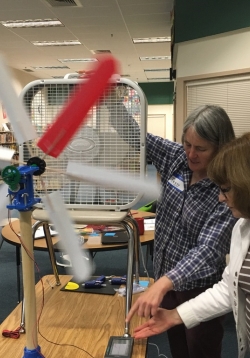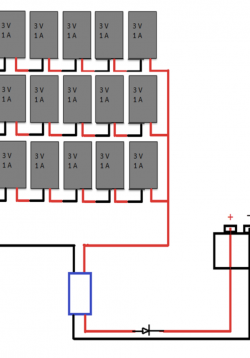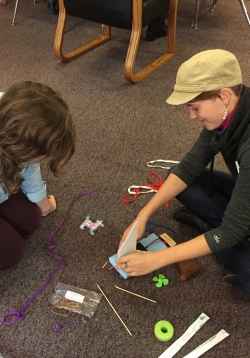Engineering Clean Energy for Our Community
This lesson plan will engage students in a design process to power a motor using a variety of energy sources. Students will compare different clean energy sources to decide which energy source will complete their design goal. Students will experiment with...







